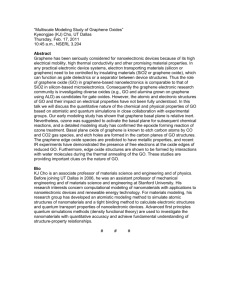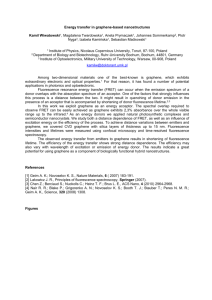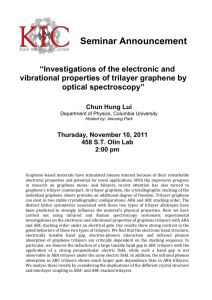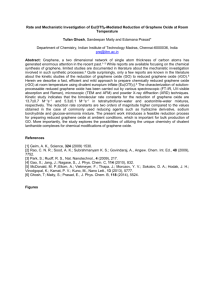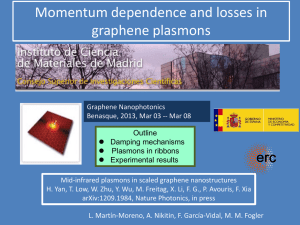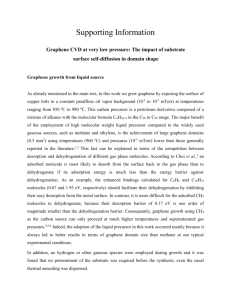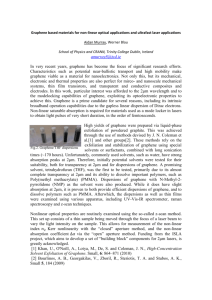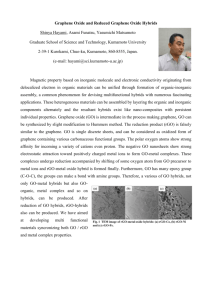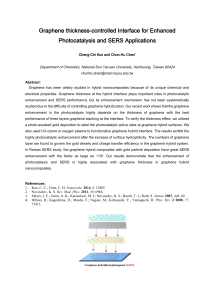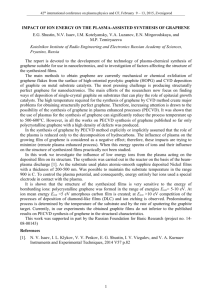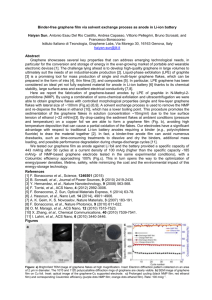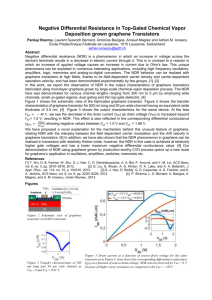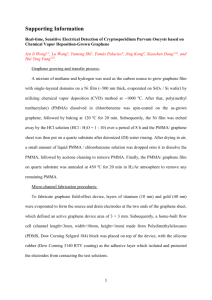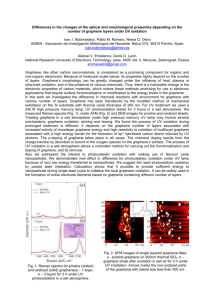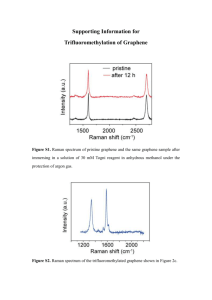Pratik Chatterjee
advertisement
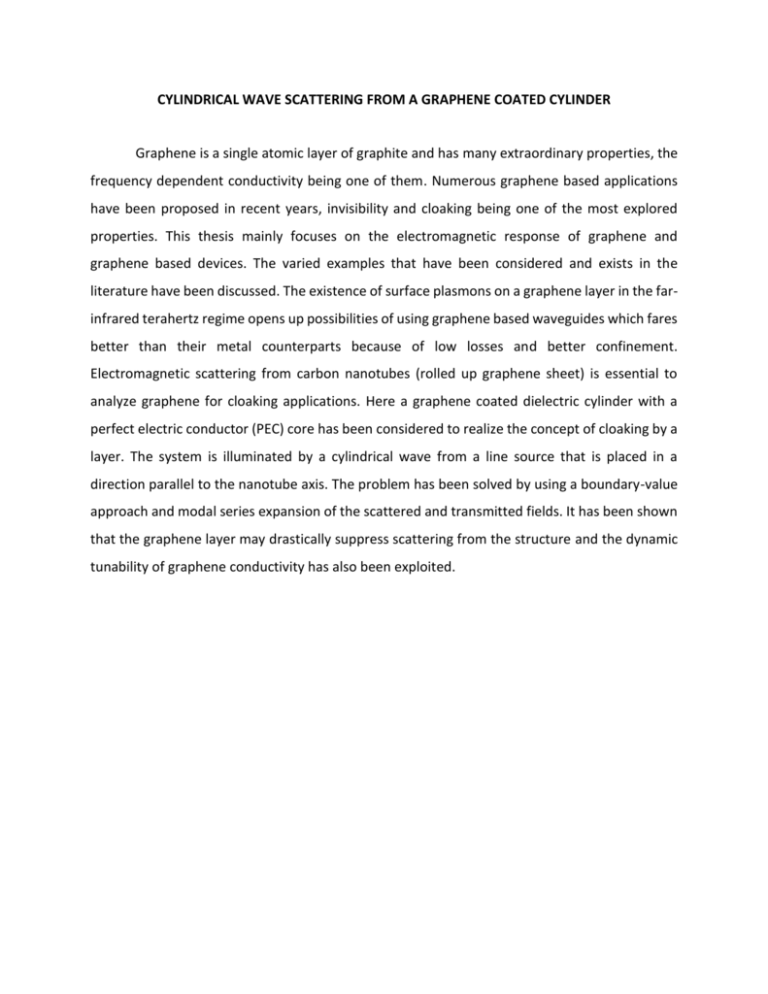
CYLINDRICAL WAVE SCATTERING FROM A GRAPHENE COATED CYLINDER Graphene is a single atomic layer of graphite and has many extraordinary properties, the frequency dependent conductivity being one of them. Numerous graphene based applications have been proposed in recent years, invisibility and cloaking being one of the most explored properties. This thesis mainly focuses on the electromagnetic response of graphene and graphene based devices. The varied examples that have been considered and exists in the literature have been discussed. The existence of surface plasmons on a graphene layer in the farinfrared terahertz regime opens up possibilities of using graphene based waveguides which fares better than their metal counterparts because of low losses and better confinement. Electromagnetic scattering from carbon nanotubes (rolled up graphene sheet) is essential to analyze graphene for cloaking applications. Here a graphene coated dielectric cylinder with a perfect electric conductor (PEC) core has been considered to realize the concept of cloaking by a layer. The system is illuminated by a cylindrical wave from a line source that is placed in a direction parallel to the nanotube axis. The problem has been solved by using a boundary-value approach and modal series expansion of the scattered and transmitted fields. It has been shown that the graphene layer may drastically suppress scattering from the structure and the dynamic tunability of graphene conductivity has also been exploited.





